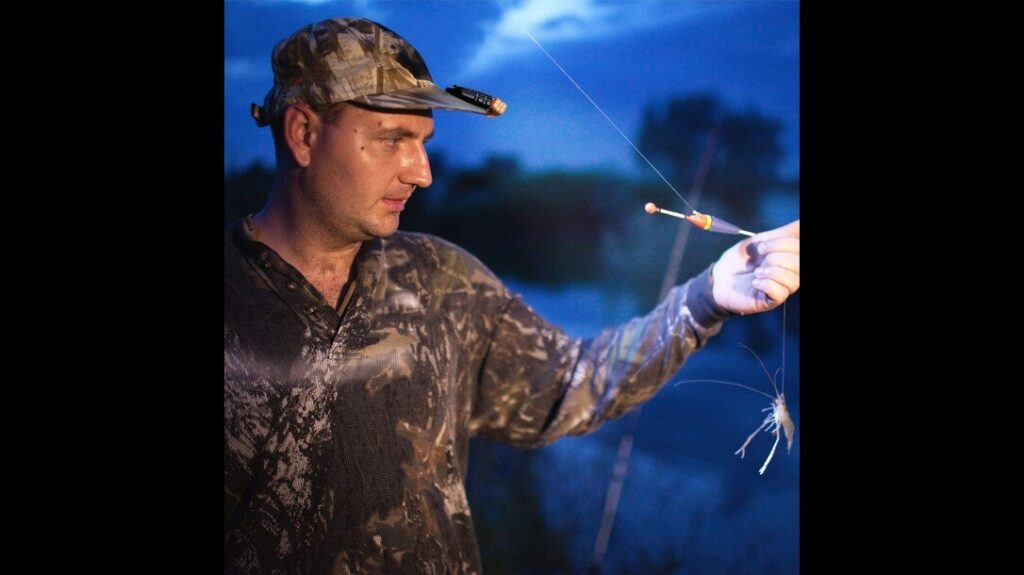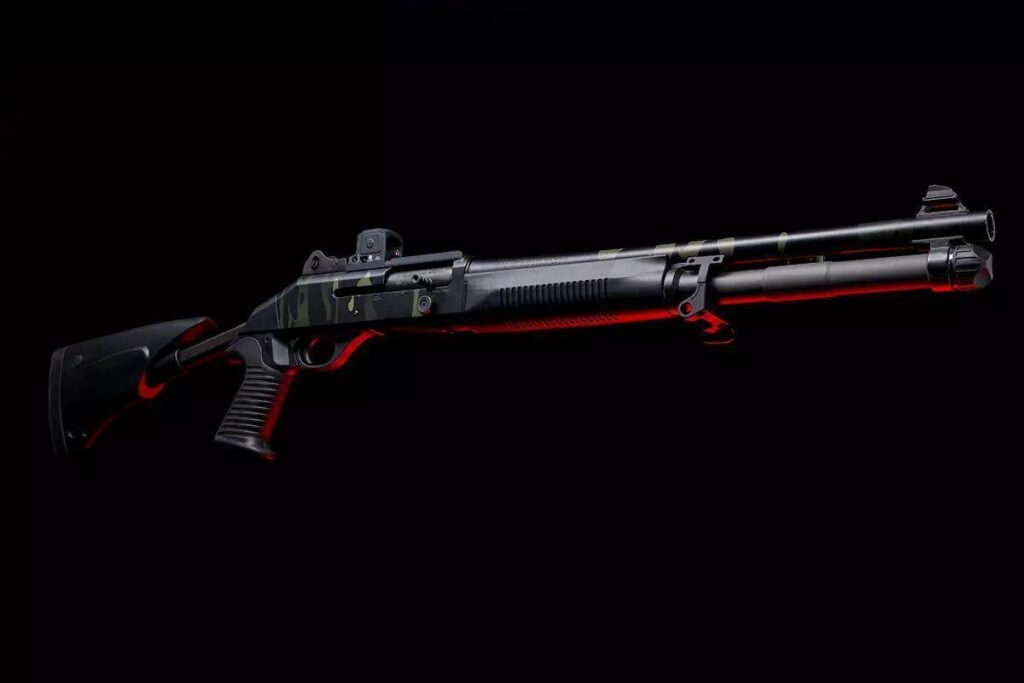I recently spent another Saturday with Green Ops at The Ranch in Dilley, Texas once again. Training with Green Ops is always a good time, and I always take something away from their programs that aids my own development as a shooter.
Intro To Precision Carbine was my third time training with Green Ops at The Ranch. Previously, I shot with Green Ops in Dilley during the Advanced Applications of Pistol Marksmanship class. Before that, I took part in a Texas edition of the Green Ops two-day LPVO course back in November of 2023.
This June, I took part in the mid-summer Green Ops Kalashnikov class hosted at a different venue, RDI in San Antonio. For Intro To Precision Carbine, it was nice to swap out the Kalash and pick up an AR-pattern firearm with a nicer optic instead.
Advertisement — Continue Reading Below
Intro To Precision Carbine, led by Green Ops Texas Chief Instructor Matt McGuire. Assisting McGuire were Green Ops AIs (assistant instructors) Jaq and Jason, whom I last saw at Green Ops AAPM back in February 2024.
Green Ops Intro To Precision Carbine: Course Overview
Green Ops Intro To Precision Carbine is best summarized as a one-day survey course tailored toward introducing new shooters to the world of precision ARs. I loathe to call this an “entry-level” course because that would imply that it offers nothing to experienced shooters—it does. However, one can technically consider Intro To Precision Carbine as an entry-level course because the only prerequisite is the safe handling of firearms.
Unlike the typical defensive carbine class, most shooting in this class is done with some modicum of support—usually something like a bipod and/or rear bag. Rifle support, be it bags, barricades, tripods, or bipods, is crucial in a precision context. Moreover, 100 yards isn’t really much distance in the rifle world. But in Intro To Precision Carbine, it was the closest distance we took shots from.
Advertisement — Continue Reading Below
First Half
The Ranch in Dilley is a huge training facility with tons of acreage and private, closed-off ranges hidden amongst berms and the scraggly brushland of south-central Texas. After we caravanned our way into our designated range staged with different targets, berms, and obstacles, Instructor McGuire spent the first hour of class giving a brief lecture covering the key points of precision AR rifles.

McGuire’s lecture spanned several topics, including magnified optics for precision ARs, cartridge selection (e.g., 75-77 grain ammo), barrels, bags, bipods, AR upper receiver assemblies, upper receiver assembly methods, modern rails/handguards, and other details conducive to accuracy in these types of rifles/carbines.
Advertisement — Continue Reading Below
I found McGuire’s lecture to be informative for beginners. For experienced shooters, it served as a good recap of topics, too. I’m neither a complete beginner nor a serious expert in precision ARs, so I got a lot out of this lecture. As a writer with an increasing interest in rifle optics, I liked how McGuire had different types of scopes on different rifles for students to look through in order to better demonstrate aspects like focal planes and reticles, etc.
One interesting tidbit and something I had not heard anyone codify before was the 2 MOA threshold rule: in the context of AR pattern semi-auto firearms, a 2 MOA “cone of fire” is the bare minimum needed for tactical-level precision.
Another idea stipulated that precision is not about an arbitrary [longer] distance per se, but instead, it is about taking the core concepts of rifle shooting and applying them in order to hit smaller, more critical targets with pinpoint accuracy on demand.
Advertisement — Continue Reading Below
Hitting the Range
After the lecture, the class spent the rest of the morning on the 100-yard line, shooting prone off a bag with bipod support. We covered optimal prone shooting techniques, established good zeroes, and fired some 10-shot groups for score. As a class, we also got a hip-pocket lecture downrange in ballistics apps and basic D.O.P.E. using the Vortex GeoBallistics app.
Students received plenty of individualized attention during this first live-fire portion. Individualized attention is something Green Ops instructors are very proactive in providing, and it’s something I keep noticing. Likewise, in any Green Ops class, there are never any dumb questions that can be asked.
I got some pointers on positioning my body behind the gun more efficiently. I also learned to watch the movement of the scope in recoil as an indicator of proper handling and gun mounting during the shooting process.
Advertisement — Continue Reading Below

Second Half
After breaking from lunch, the class returned to the 100-yard firing line. With everyone’s firearms zeroed, Instructor McGuire performed another demo off the prone: rifle and trigger control at speed. Using his body’s positioning to control his Sons of Liberty rifle’s recoil, he dumped an entire magazine into a C-zone steel target at 100 yards with fast quarter-second (0.25) splits.
I regret not capturing this on video, but it was pretty amazing to watch a man shoot an AR with the speed and aggression typical in CQB shooting scenarios except through a rifle scope and at a distance of 100 yards, not 10. We each got coached through this drill, using shot-timers as training aids, with Instructors McGuire and Jason working both ends of the line.
Advertisement — Continue Reading Below

After working that drill, we migrated further up range to take some positional shots from V-Tac barricades, obstacles and a trailer converted into an elevated shooting platform. Our targets remained at the original berm and consisted of a mix of 8-inch steel gongs and B/C IPSC steel targets.
Students got to shoot from different positions using different types of bag support, including the Wiebad Fortune Cookie, MDT Peanut, MDT Grand Old Canister, and the Armageddon Gear Gamechanger.
Advertisement — Continue Reading Below
After the whole class made shots from the different positions, Instructor McGuire opened up all of the positions for students to make and take shots at will. I found this “free play” valuable because regular access to steel a few hundred yards away isn’t “normal” for most shooters, in my experience. Unless one has the entire array of steel targets and the distance to set them up, being able to shoot at different steel targets scattered downrange is a luxury of sorts.
Continued In Part 2
Acknowledgments
As always, special thanks to @Jax_pewpewpew for letting me use his photography in my writing for Part 1 and Part 2 of this article.
Advertisement — Continue Reading Below















